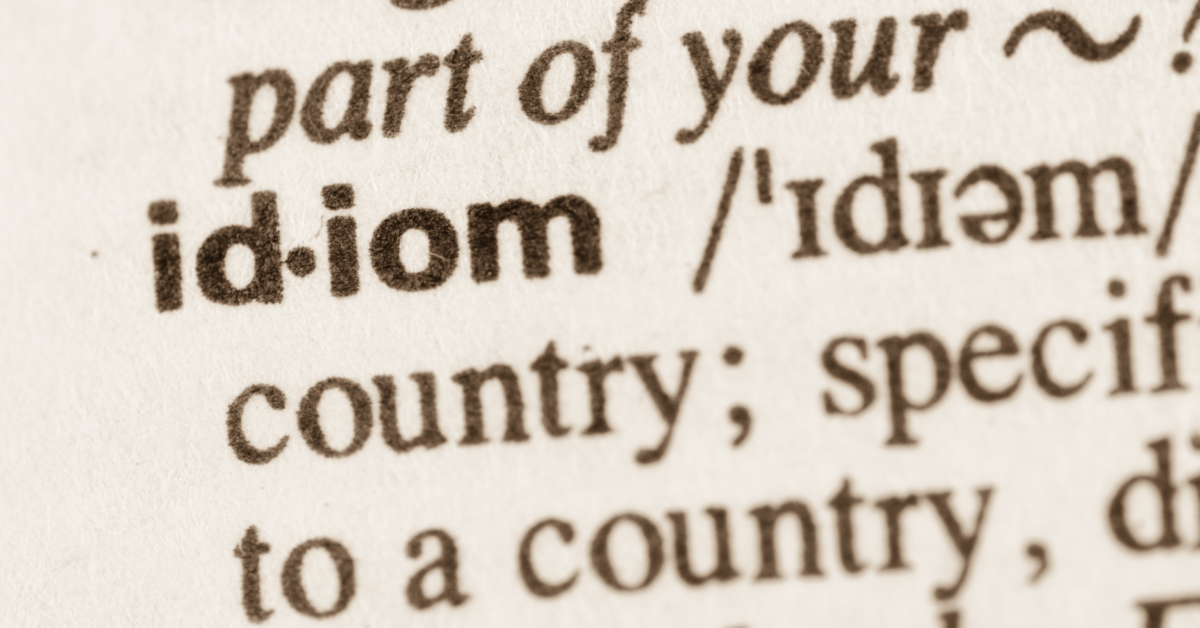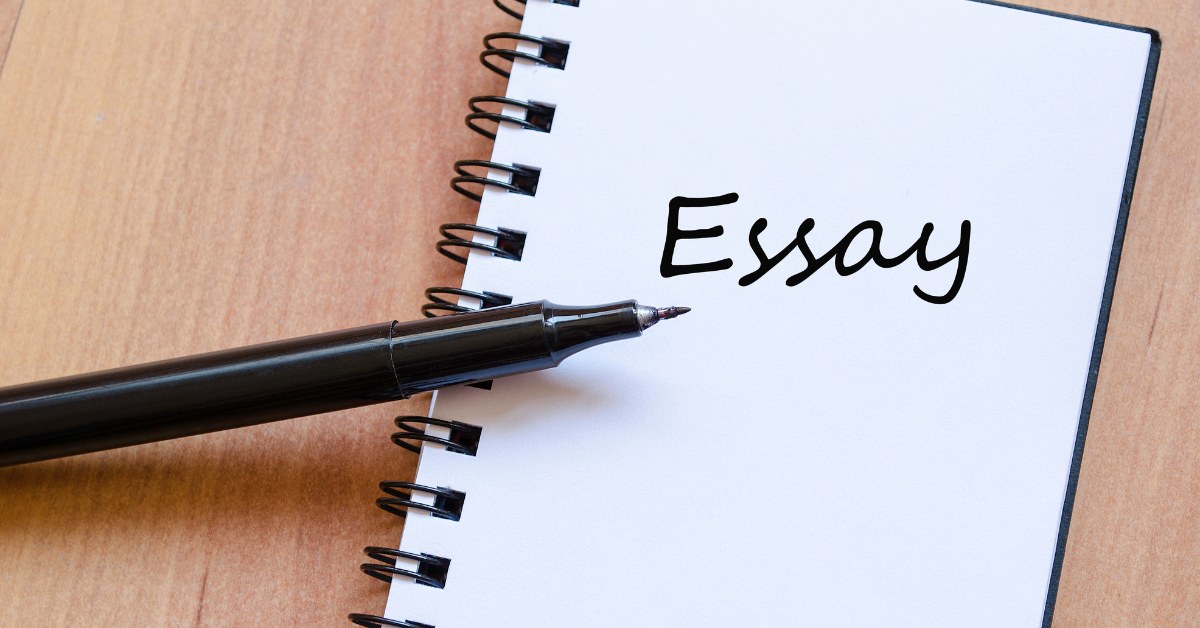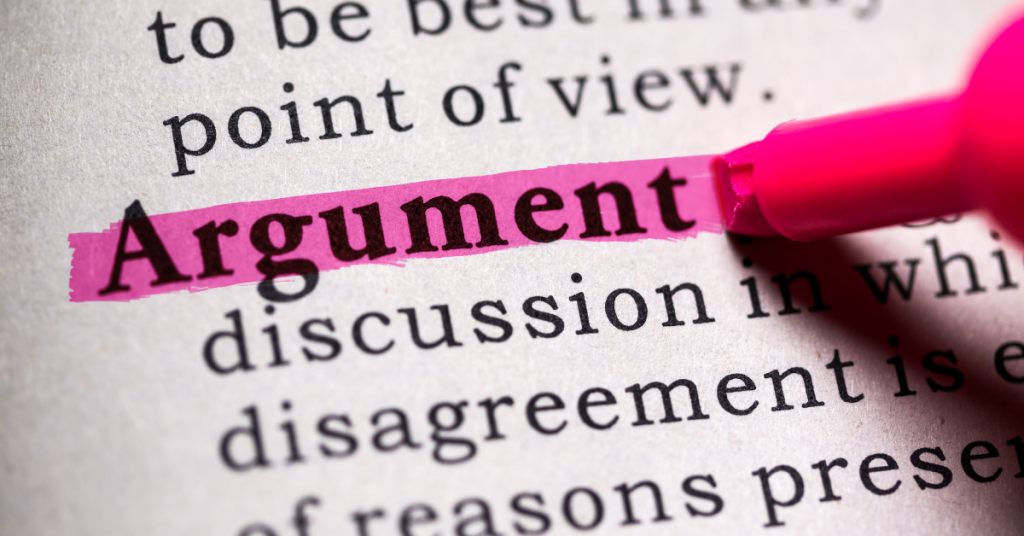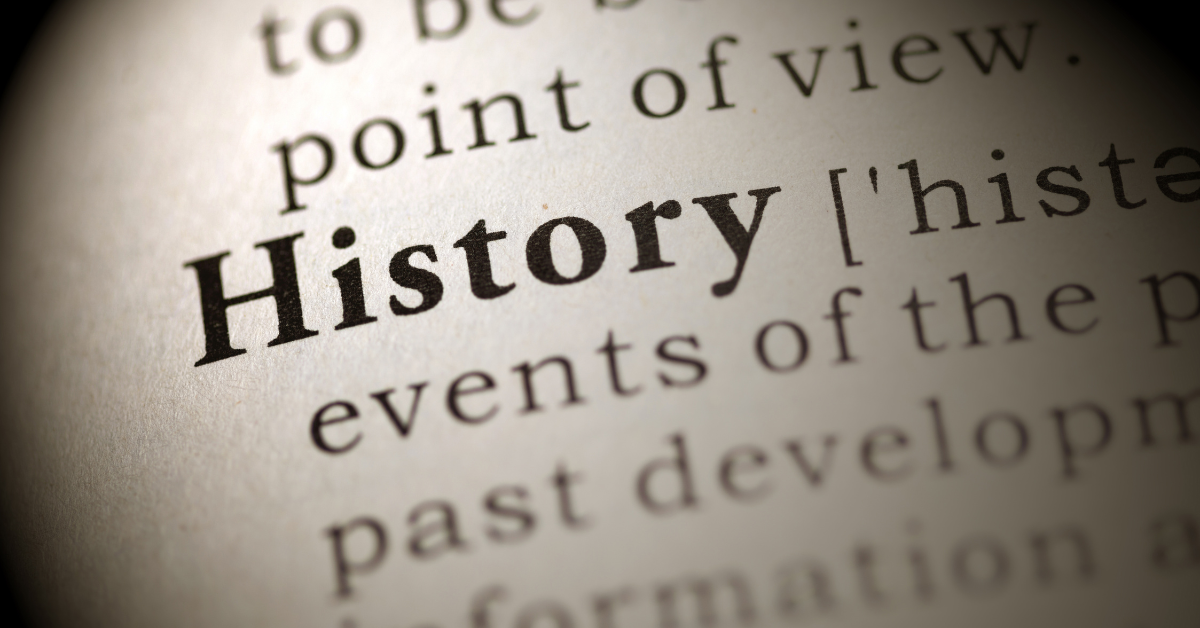Idioms are a captivating aspect of language that add color, depth, and relatability to writing. Their figurative meanings go beyond the literal interpretations of individual words, making them powerful tools for writers. In academic writing, where clarity and engagement are paramount, the strategic use of an idiom can enhance the readability and impact of your essay. This blog post will explore the meaning of idioms, their benefits in academic writing, and practical advice on how to integrate them seamlessly into your essays.
Understanding the Idiom
Idioms are expressions whose meanings cannot be deduced from the individual words. They are culturally specific phrases that convey ideas in a figurative manner. For example, the idiom “break the ice” means to initiate conversation in a social setting, but literally, it has nothing to do with ice. These expressions enrich the language by adding layers of meaning and cultural context.
Idioms are prevalent in everyday language, literature, and academic writing. They can simplify complex ideas, making them more accessible and relatable to readers. By using idioms appropriately, you can create a more engaging and memorable piece of writing.
The Power of the Idiom in Academic Writing
In academic writing, the primary goals are to inform, persuade, and engage the reader. While academic writing tends to be formal and structured, incorporating idioms can add a touch of creativity and relatability. Here are some ways idioms can enhance your academic essays:
Enhancing Clarity and Emphasis
Idioms can clarify complex ideas by providing vivid imagery that resonates with readers. For instance, using the idiom “the tip of the iceberg” can succinctly convey that a problem is much larger than it appears on the surface. This helps emphasize the gravity of the issue without lengthy explanations.
Making Writing More Relatable
Idioms are often rooted in common experiences and cultural references, making your writing more relatable to readers. When you use idioms, you tap into shared knowledge and emotions, creating a connection with your audience. This can be particularly effective in persuasive essays, where engaging the reader is crucial.
Demonstrating Language Proficiency
Using idioms appropriately demonstrates your command of the language and your ability to use it creatively. It shows that you can go beyond basic vocabulary and employ nuanced expressions to convey your ideas. This can be impressive in an academic context, where strong writing skills are highly valued.
Integrating the Idiom into Your Writing
To effectively integrate idioms into your academic writing, it’s essential to understand their meanings, choose the right idioms for the context, and use them sparingly. Here are some practical tips to help you incorporate idioms seamlessly into your essays:
Understanding Meaning and Context
Before using an idiom, ensure you fully understand its meaning and the context in which it is typically used. Misusing an idiom can confuse readers and undermine your credibility. For example, the idiom “burning the midnight oil” means working late into the night. Using it correctly in a sentence might look like this: “The researchers burned the midnight oil to complete their groundbreaking study on time.”
Choosing Idioms that Fit the Tone
Consider the tone of your writing when selecting idioms. In academic writing, it’s important to maintain a formal and professional tone. Therefore, choose idioms that are suitable for this context. For instance, instead of saying “it’s not rocket science,” which might be too colloquial, you could use “a straightforward solution” to convey the same idea in a more formal manner.
Avoiding Overuse
While idioms can enhance your writing, overusing them can make your work feel cluttered and clichéd. Use idioms sparingly and only when they add genuine value to your prose. A well-placed idiom can be impactful, but too many can overwhelm your readers and dilute your message.
Ensuring Cultural Sensitivity
Idioms are often culturally specific, so be mindful of your audience when using them. An idiom that is well-known in one culture might be unfamiliar or even offensive in another. Ensure that your chosen idioms will be understood and appreciated by your intended readers. This is especially important in academic writing, which often reaches a diverse audience.
Integrating Idioms Seamlessly
Integrate idioms naturally into your writing so they flow seamlessly with your prose. Forced or awkward usage can disrupt the readability of your work. For instance, instead of writing, “I’m going to use an idiom now: ‘a blessing in disguise,’ meaning a good thing that seemed bad at first,” you could write, “The initial failure of the experiment turned out to be a blessing in disguise, as it led to a breakthrough in the research.”
Examples of Well-Placed Idioms
To illustrate the effective use of idioms in academic writing, let’s explore some examples across different types of essays.
Research Papers
In research papers, idioms can help clarify complex concepts and add emphasis. For example:
“The data from the preliminary trials is just the tip of the iceberg; further investigation is needed to uncover the full scope of the findings.”
Here, “the tip of the iceberg” emphasizes that the initial data represents only a small part of a larger issue, making the argument more compelling.
Persuasive Essays
In persuasive essays, idioms can strengthen your arguments and make them more relatable. For example:
“Implementing renewable energy solutions isn’t merely a drop in the bucket; it’s a crucial step towards a sustainable future. Every effort counts in the fight against climate change.”
The idiom “a drop in the bucket” highlights the significance of individual actions in the broader context of sustainability.
Literary Analysis
In literary analysis, idioms can add depth to your interpretations and critiques. For example:
“The protagonist’s journey is a classic example of biting off more than one can chew, as his ambitions far exceed his abilities, leading to inevitable downfall.”
The idiom “biting off more than one can chew” vividly illustrates the character’s overreaching ambition and its consequences.
Expository Essays
In expository essays, idioms can help explain processes or phenomena in an engaging way. For example:
“The new policy was designed to kill two birds with one stone by addressing both environmental concerns and economic challenges simultaneously.”
The idiom “kill two birds with one stone” succinctly conveys the dual benefits of the policy, enhancing the explanation.
The Benefit of Idiom Use in Academic Writing
Incorporating idioms into your academic writing offers several benefits that can elevate the quality and impact of your work:
Simplifying Complex Ideas
Idioms can simplify complex ideas and make them more accessible to readers. By using idiomatic expressions, you can convey intricate concepts in a relatable and understandable manner, enhancing comprehension.
Adding Emphasis and Impact
Idioms can add emphasis and impact to your arguments, making them more persuasive and memorable. A well-placed idiom can highlight the importance of a point and leave a lasting impression on your readers.
Enhancing Engagement
Idioms can make your writing more engaging by adding a touch of creativity and personality. They can break the monotony of formal academic prose and capture the reader’s attention, making your essay more enjoyable to read.
Demonstrating Language Mastery
Using idioms effectively demonstrates your mastery of the language and your ability to use it creatively. This can be particularly impressive in an academic context, where strong writing skills are highly valued.

Practical Tips for Using Idioms
To help you get started with incorporating idioms into your academic writing, here are some practical tips:
Create an Idiom List
Compile a list of idioms that you find interesting or useful. This can serve as a handy reference when you’re writing and looking for ways to enhance your prose. Categorize them by themes, such as emotions, actions, or situations, to make it easier to find the right idiom for the context.
Read Widely
Reading a variety of texts, including academic papers, literature, and articles, can expose you to different idioms and how they are used in context. Pay attention to how authors integrate idioms into their writing and try to emulate their techniques in your own work.
Practice Writing with Idioms
Practice incorporating idioms into your writing by crafting sentences or paragraphs around them. Start with simple exercises, such as writing a short story or essay using a specific set of idioms. This will help you become more comfortable and confident in using idioms effectively.
Seek Feedback
Share your writing with peers, teachers, or professional writers and ask for feedback on your use of idioms. Constructive criticism can help you refine your technique and ensure that your idioms enhance, rather than detract from, your writing.
Use Idiom Dictionaries and Resources
There are many online resources and dictionaries dedicated to idioms. These can provide definitions, examples, and usage tips, helping you expand your idiomatic vocabulary and understand how to use idioms correctly.
Idioms are a powerful tool in any writer’s arsenal. They add color, depth, and relatability to your writing, making it more engaging and memorable. By understanding the meaning and context of idioms, choosing the right ones for your tone, and integrating them seamlessly into your prose, you can enhance your academic essays and creative writing pieces.
If you find yourself struggling with incorporating idioms or any other aspect of writing, Essay 24 is here to help. Our team of professional writers and editors is dedicated to assisting students at all levels with their academic needs. Whether you need guidance on using idioms or a fully executed paper tailored to your specifications, Essay 24 has got you covered. Visit our website to learn more about our services and take the stress out of academic writing.
By following the tips and examples provided in this post, you’ll be well-equipped to use idioms effectively, enhancing your writing and impressing your readers. Happy writing!


















